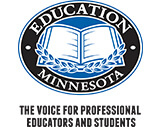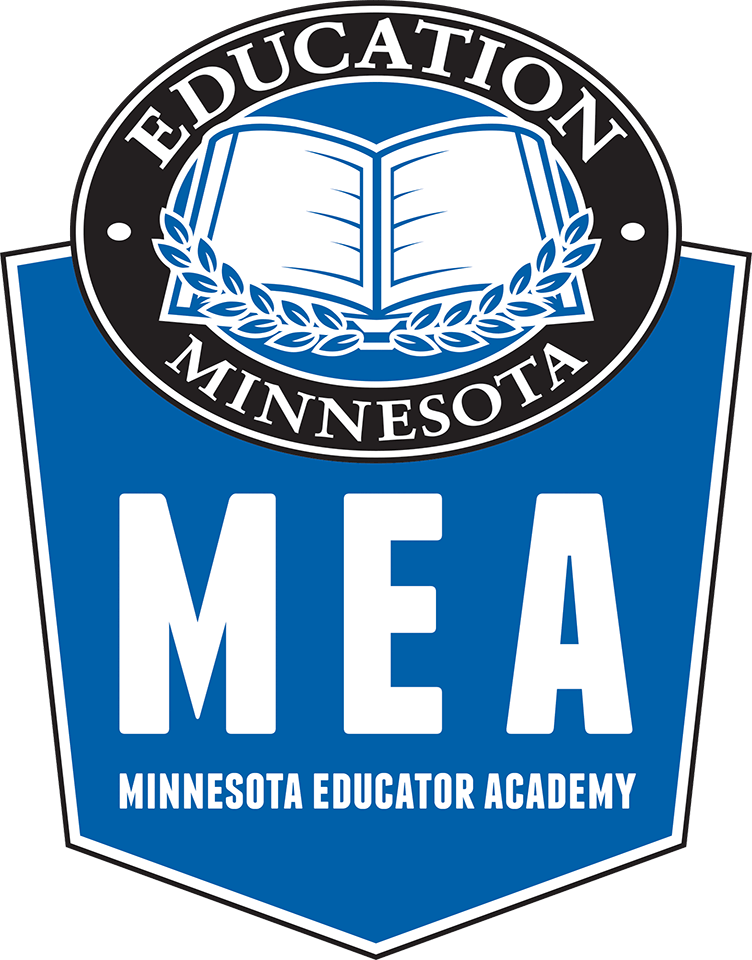
Jenna Hafner knew she had to look for some new books and curriculum to reach her English language learner students after distance learning. Thanks to her local union, she applied for and received a $25,000 American Federation of Teachers grant to get her students what they need.
“This will have a huge impact for our students,” Hafner said.
Hafner works with close to 300 multilingual students in grades 9-12 at Willmar High School. She said her students range from newcomers to long-term English learners, so they have always had a need for culturally relevant, engaging and age-appropriate books, but especially as they help students recover from the pandemic learning loss.
“The biggest need for our multilingual learners is in literacy,” Hafner said. “Now it’s filling the gaps that they missed out during COVID. They weren’t exposed to English at home or complex ideas at their level or texts at their level. A lot of our students didn’t have equal access to internet or were helping family members at home, and we as teachers were trying to do so much.”
Hafner’s local union president, Tammy Knapper, knew Hafner wanted to pursue something more for her sudents and came to her with the AFT Innovation Fund’s Return, Recover and Reimagine (RRR) grants, which are focused on supporting educators, students and communities as they continue to grabble with the effects of the pandemic.
To apply for the grant, Hafner gathered district data on demographics and what curriculum they had in place. Then she completed essay questions and supporting documents to show what needs this money would help meet.
“I did quite a bit of research into programs,” she said. “I wanted to find a program that was appropriate for adults and English learners. I met with five intervention programs and found the one we settled on. It also took quite a big of research to find high-interest and research-based materials.”
Hafner has been doing a pilot of the intervention program with a few students and has already been seeing exciting results.
“In a matter of three weeks, 100 percent of the students that I’m piloting this with have increased their reading scores,” she said. “It’s very targeted toward phonics, decoding and the rules of English. It’s filling in all these gaps that they missed out during COVID.”
Hafner is excited with the results and hopes to expand on the success.
“Having this targeted intervention has made a huge difference and now we’ll be able to expand it and reach more students,” she said.
Hafner will use two-thirds of the grant money to buy physical books over the summer to build out her classroom library and curriculum. The other third will go to the reading intervention program which is a combination of a digital platform and physical reading materials.
“We want to get everything, and teachers trained, so we can implement it this fall,” Hafner said.
Even if Hafner didn’t get the grant, she knew she wanted to bring in whatever new materials she could to help her students.
“Since I was doing the research, I had a back-up plan of, ‘If I don’t get the money, how can I implement what I learned?,’” she said. “Having this plan, I learned so much.”







